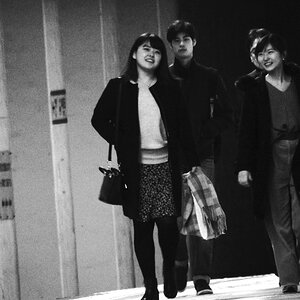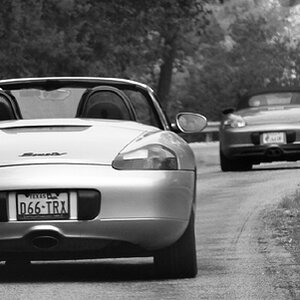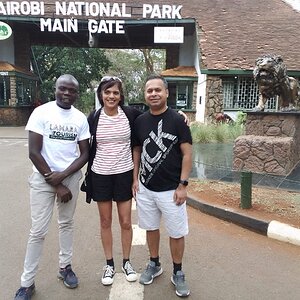absolutconfusion
TPF Noob!
- Joined
- Dec 23, 2011
- Messages
- 3
- Reaction score
- 0
Thank you in advance for reading this and answering any questions.
I just bought a Leica Dlux 4 for my own xmas present. It is my first camera that has more than an auto mode.
I am using the camera for street photography and to take candid shots of the family and friends.
I am planning on shooting in aperture priority mode as my first learning step and I have a few questions.
1. Is learning on the aperture mode a good first step?
2. I read the manual and some books and understand the idea behind aperture. I also found out how to change the aperture settings and change what part of the screen I can focus on. How do I know which aperture is correct before I take the shot? Is it all thru experience or is there a way to check it?
3. Is there anything else that I NEED to learn asap before I start taking pictures - like ISO, white balance, etc?
Thank you,
J
I just bought a Leica Dlux 4 for my own xmas present. It is my first camera that has more than an auto mode.
I am using the camera for street photography and to take candid shots of the family and friends.
I am planning on shooting in aperture priority mode as my first learning step and I have a few questions.
1. Is learning on the aperture mode a good first step?
2. I read the manual and some books and understand the idea behind aperture. I also found out how to change the aperture settings and change what part of the screen I can focus on. How do I know which aperture is correct before I take the shot? Is it all thru experience or is there a way to check it?
3. Is there anything else that I NEED to learn asap before I start taking pictures - like ISO, white balance, etc?
Thank you,
J




![[No title]](/data/xfmg/thumbnail/41/41779-303c41fcb3e37507cbe986d76dbfcf85.jpg?1619739890)
![[No title]](/data/xfmg/thumbnail/41/41780-5efe87aed04575de7c09b065d70763ae.jpg?1619739890)
![[No title]](/data/xfmg/thumbnail/35/35666-9f404fab7b896e4ec114160079fa71c6.jpg?1619737090)






